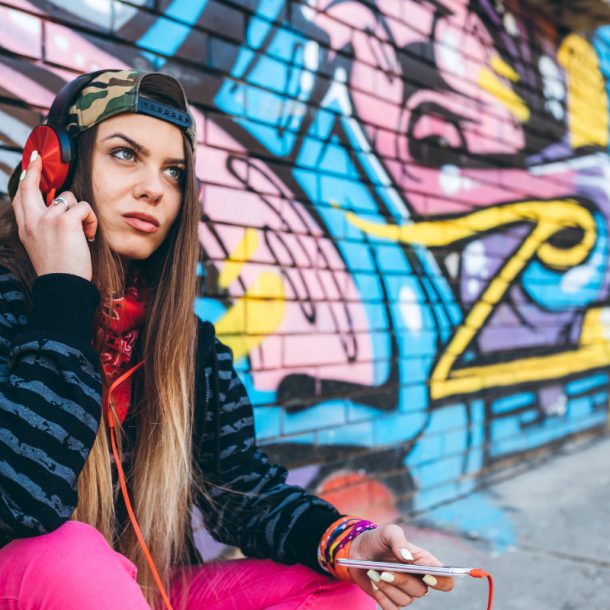
Urban music has experienced an unprecedented expansion in recent decades, consolidating itself as one of the most influential and popular genres globally. From the sounds of hip-hop to reggaeton, through trap and dancehall, urban music has constantly evolved, adapting to the demands of an increasingly diverse and demanding audience. In this article, we will explore some of the most notable trends that have defined the international urban music landscape in recent years.
1. Globalization of sounds:
One of the most prominent trends in international urban music is the globalization of sounds. Thanks to streaming platforms like Spotify, Apple Music, and YouTube, artists have the opportunity to reach audiences around the world with ease. This phenomenon has given rise to greater diversity in the styles and rhythms that characterize urban music. For example, reggaetón, which has its roots in Puerto Rico, has gained popularity in Spanish-speaking countries and beyond, influencing the creation of new subgenres such as “reggaetón fusion” and “reggaetón pop.”
2. Fusion of genres:
Another important trend is the fusion of musical genres. Urban music artists are increasingly experimenting with combining different styles, fusing elements of hip-hop, reggae, electronica and other genres to create innovative and unique sounds. This trend has led to the emergence of subgenres such as “Latin trap”, which combines trap rhythms with Latin influences, and “urban afrobeat”, which fuses African music with elements of Western urban music.
3. International collaborations:
Collaborations between artists from different countries and cultures are increasingly common in international urban music. These collaborations not only allow artists to expand their global reach, but also enrich the music with new perspectives and styles. For example, African artists such as Burna Boy and Wizkid have collaborated with American and European artists, creating songs that combine African rhythms with Western influences. Likewise, Latin American artists like Bad Bunny and J Balvin have collaborated with artists from other countries, bringing Latin reggaeton and trap to new audiences around the world.
4. Rise of DIY (Do it yourself):
With the advancement of technology and social media, more and more urban music artists are taking a DIY approach to creating and promoting their music. Platforms like SoundCloud and Bandcamp allow independent artists to share their music with the world without needing a major label endorsement. This movement has democratized the music industry, giving a voice to emerging artists and allowing diversity of sounds and styles.
5. Focus on authenticity and personal narrative:
In a world saturated with urban music, artists are increasingly turning to authenticity and personal storytelling to stand out. Listeners seek emotional connections with the music they listen to, and artists who can convey a genuine personal story tend to resonate more with their audience. This trend has led to a rise in introspective and emotional lyrics in urban music, with artists sharing their experiences and struggles through their songs.
6. Influence of social networks:
Social networks play a fundamental role in the promotion and dissemination of international urban music. Platforms such as Instagram, Twitter and TikTok are used by artists and fans to share music, videos and content related to urban music. Viral trends on these platforms can catapult unknown artists to fame overnight, demonstrating the power of social media in today’s music industry.
Conclusions:
International urban music continues to evolve and diversify, driven by a combination of factors such as globalization, genre fusion, international collaborations and the power of social media. As the music industry adapts to technological and cultural changes, we are likely to see new trends and sounds emerging in the coming years. The only thing that is certain is that urban music will continue to be a powerful force on the international music scene, connecting people of different cultures and experiences through its rhythm and message.




